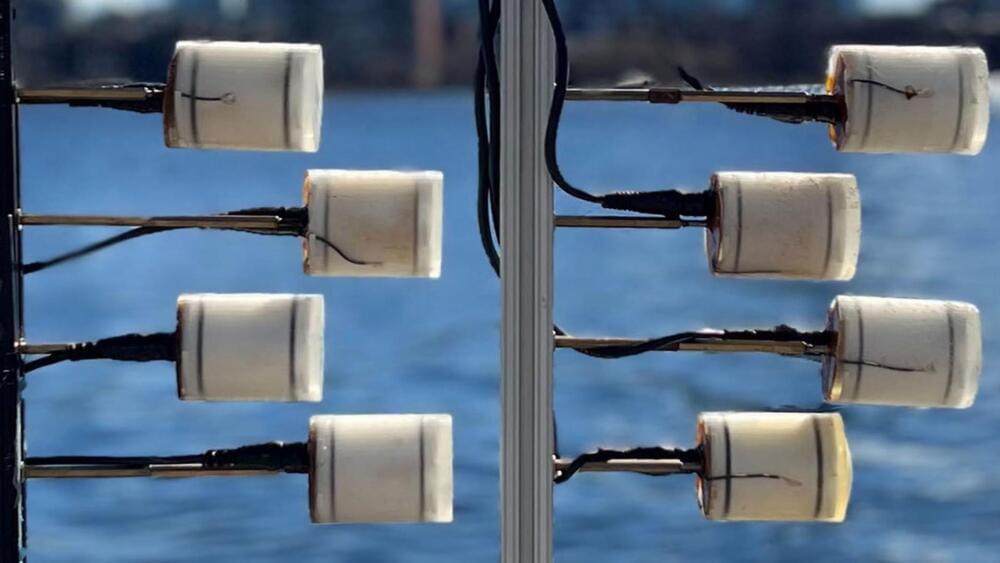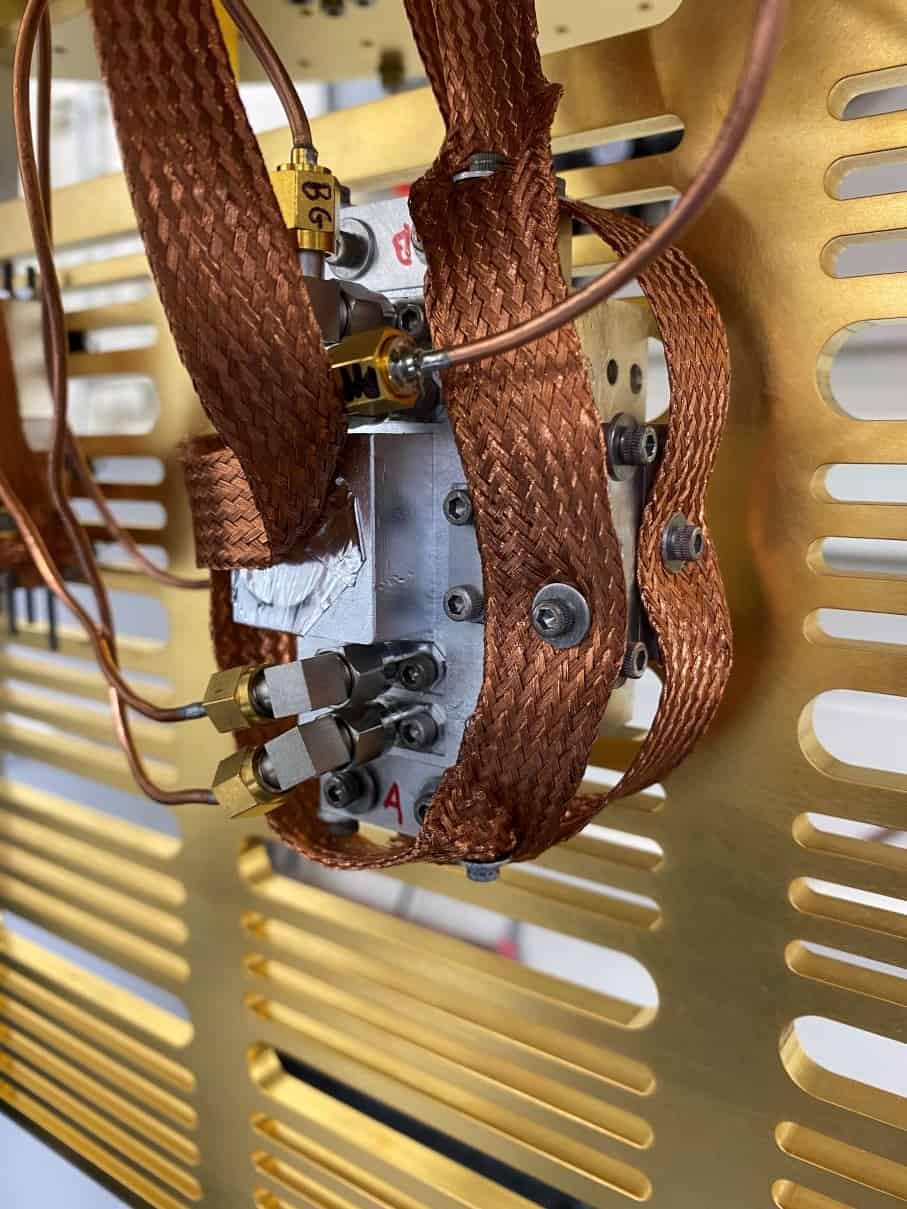This galaxy, named 9io9, is situated at such an immense distance that its light has traveled for over 11 billion years before reaching the Earth.
A powerful ground-based telescope has detected a magnetic field in a most distant galaxy, making it an unprecedented discovery. To date, astronomers have mostly detected and mapped magnetic fields in nearby galaxies.
This galaxy, named 9io9, however, is situated at such an immense distance that its light has traveled for over 11 billion years before reaching the Earth. This means we are observing it as it existed when the universe was a mere 2.5 billion years old.








